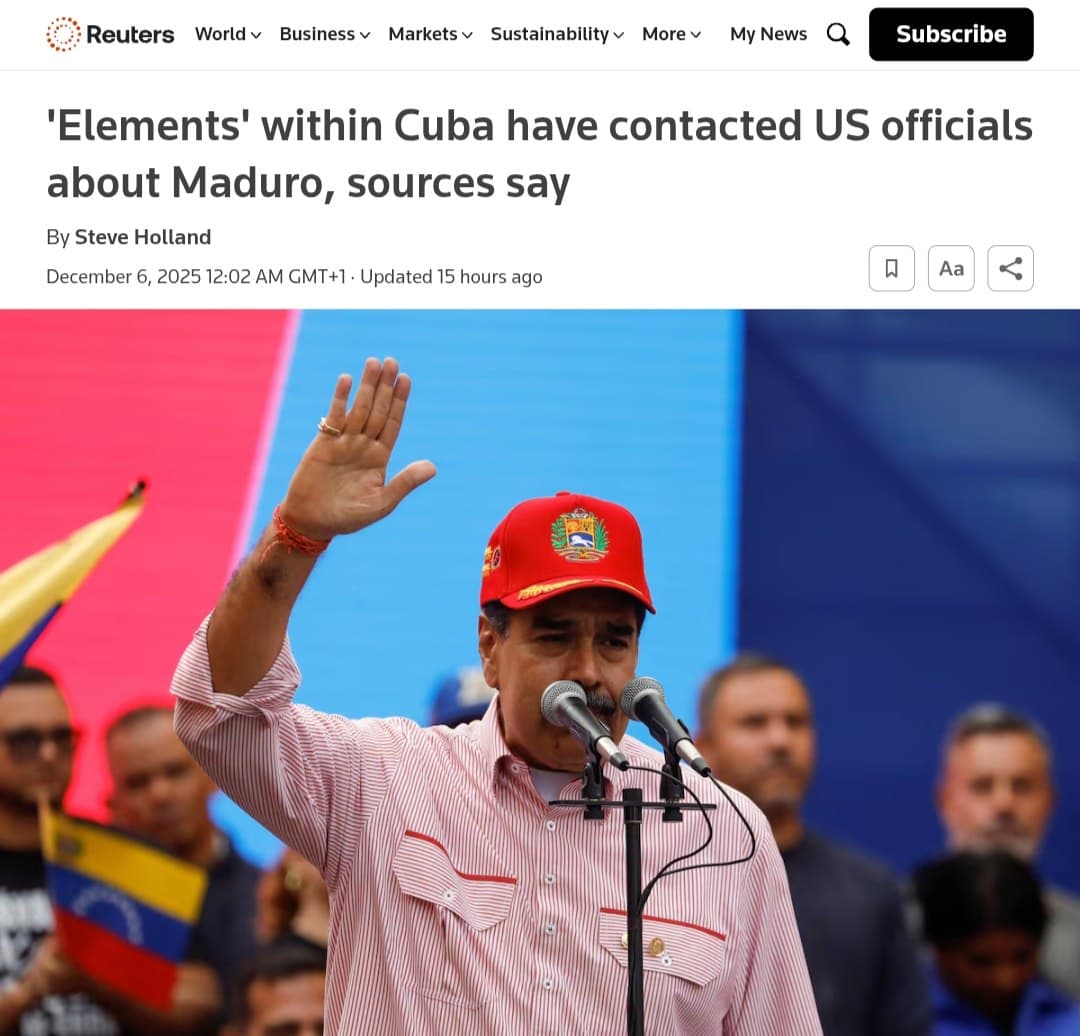The United States has imposed a 50% tariff on key Indian exports, including textiles, gems, jewelry, footwear, and chemicals, effective today. This significant trade measure aims to address concerns related to India"s purchases of Russian oil amidst ongoing geopolitical tensions.
The U.S. government announced the tariffs as part of a broader strategy to hold nations accountable for their economic ties with Russia, particularly following the invasion of Ukraine. India, which has maintained a complex relationship with Russia, has expressed strong opposition to the tariffs, labeling them as “unfair” and detrimental to its economy.
This tariff increase comes at a time when India’s economy has been recovering from the impacts of the COVID-19 pandemic. The trade war is expected to disrupt supply chains and increase costs for consumers in both countries. Experts warn that this could lead to a significant decline in Indian exports to the U.S., which accounted for over $50 billion in trade last year.
As the situation develops, Indian officials are expected to seek diplomatic channels to negotiate the tariffs. The global economic landscape may also shift, with potential repercussions for other nations involved in trade relations with both the U.S. and India. For further context on recent developments in international trade, see our previous reports on related coverage.








![[Video] Coast Guard sniper takes out narco-boat in Eastern Pacific](/_next/image?url=%2Fapi%2Fimage%2Fthumbnails%2Fthumbnail-1765029104101-04awi-thumbnail.jpg&w=3840&q=75)